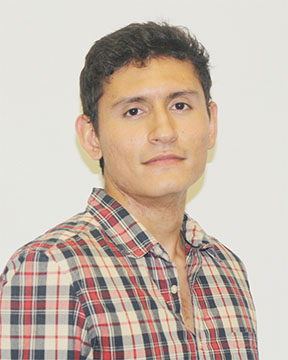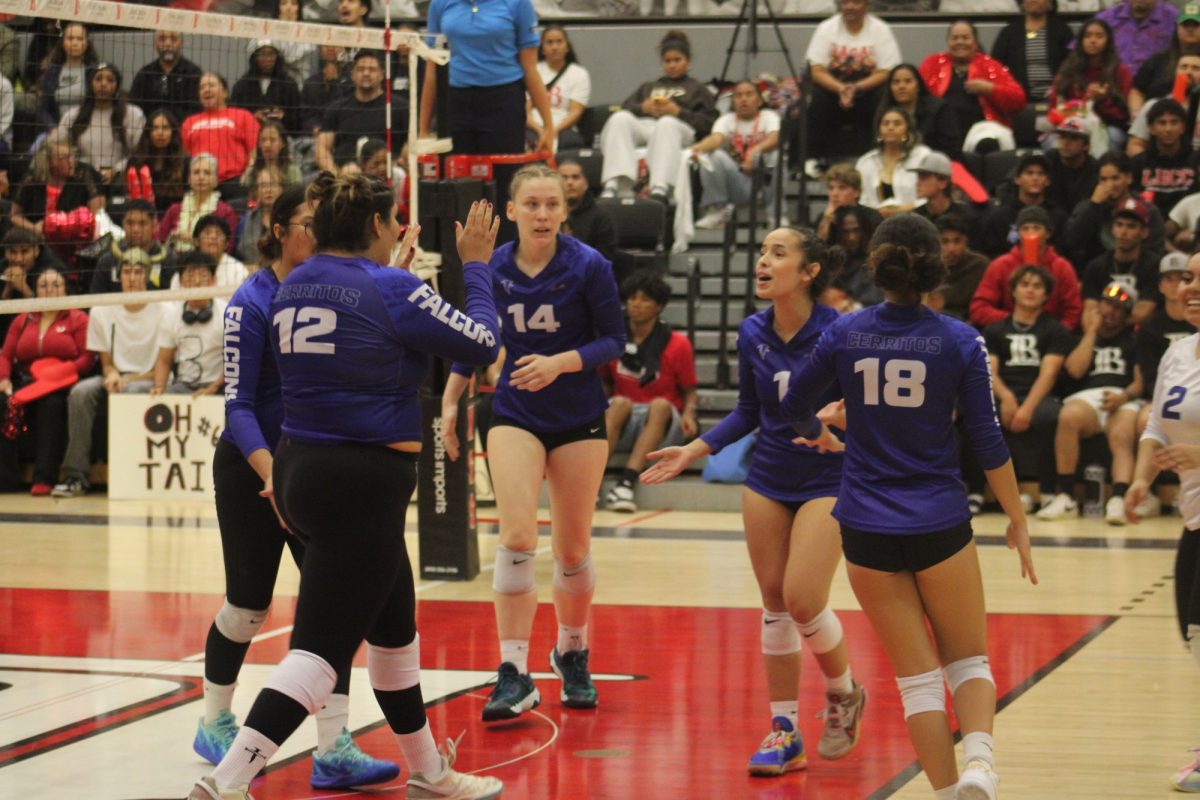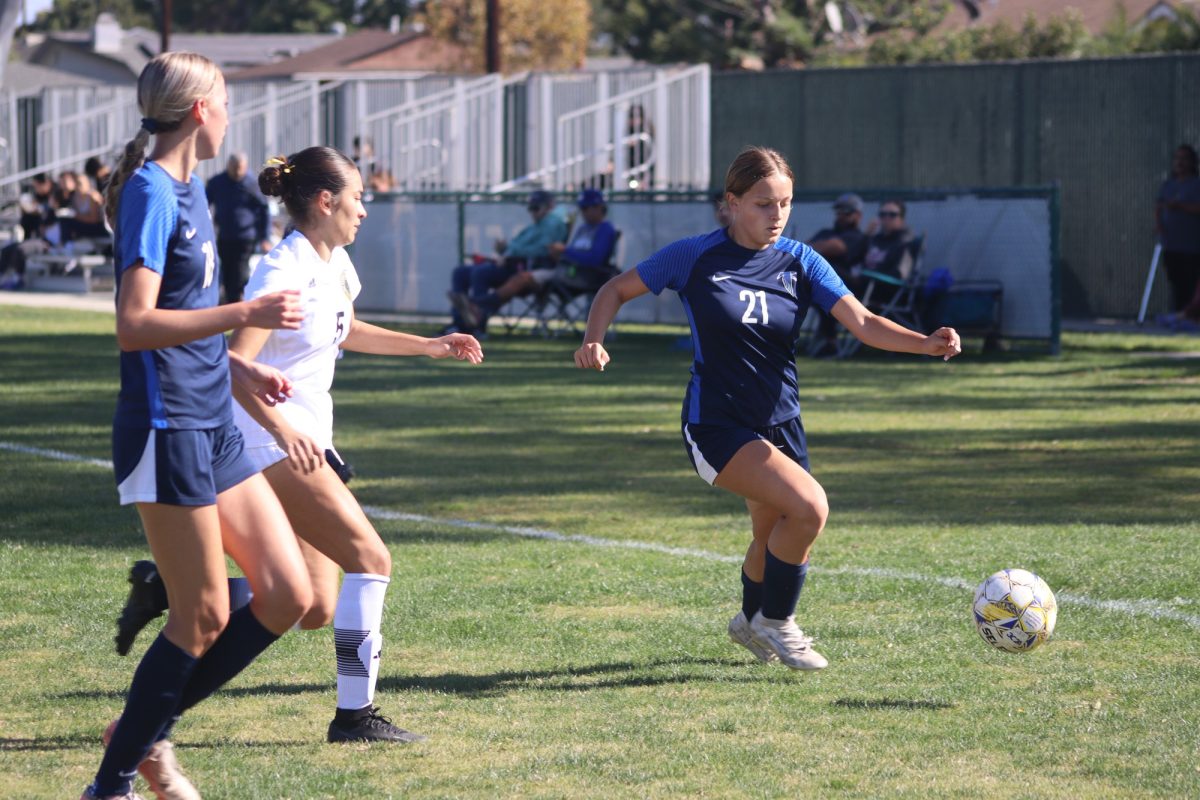Sports tunnel the competitive nature of human beings to accomplish an objective over an opponent.
Such competitive impulse can cause players to think irrationally and use certain performance enhancing drugs to get an invalid advantage over the opposition.
Drugs in the history of sports have had huge impacts. From the doping of cycling champion Lance Armstrong to Celtic basketball hot-shot rookie Len Bias.
On the Cerritos college campus, however, severe scenarios like those have not accrued.
The medical and coaching staff has kept a vigilant eye open to prevent situations like these from happening.
Dean of athletics Daniel Smith has experience with athletic drug testing and the steps involved in the matter. Smith previously worked for the University of Illinois athletic department.
“The difference there is I had a huge budget,” Smith said, “I could do drug testing whenever I wanted to.”
Universities are supplied with a higher budget for athletic drug testing than the community college level.
Being on the staff of a University athletic department, Smith was able to use the budget to effectively test the athletes.
He explained that there is no major drug testing facility at Cerritos because the budget is not large enough and no one is in charge of drug testing for athletes.
“If we had the budget to test,” Smith said, “we would test every athlete at least three times during the season.”
When he worked at UI, the policy was three strikes and you’re out.
“The first time a person came up positive I was the only one that knew.” Smith said.
“They’d come and meet with me and I would scare them a little bit saying ‘this can never happen again,’ ‘next time your coach will know,’ you’re going to sit out of the next game’.”
According to Smith, about five percent came out single positive.
Smith explained that sorority and fraternity systems are a main contributor to the drug problem. Cerritos is not currently operating with such systems, so the drug issue is rarely seen on campus.
“I think there was a lot of peer pressure,” Smith said, “in the sorority and fraternity systems but then the athlete could say ‘you know I’d want to smoke this marijuana with you, but I might get tested tomorrow’ so I think that kind of helped that they had that deterrent.”
The thought of being tested at any given moment kept the athletes vigilant at parties and events and kept drug use at bay.
“What we do here at Cerritos College, if a coach has a problem, he’ll deal with it at the individual basis.” Smith said. “They could refer the person to Nancy Montgomery.”
Head of the Health Center, Nancy Montgomery is the main source in case any major drug problems arise.
Montgomery was not available for comment, but Smith said that she has met with different campus teams and spoke to the players of not only drug use but of sexually transmitted disease awareness and alcohol problems.
Although the drug problem has never struck the Cerritos campus as far as Smith could recall, Smith has seen it quite a bit when he was in Illinois.
In fact, while Smith was at UI, they played in the final eight of the NCA tournament against Len Bias’ team which at the moment is a very hot topic in the world of athletic drug use.
According to Los Angeles Times, Bias passed away when he overdosed on cocaine.
Head coach Ruben Gonzalez of the women’s soccer team addresses the concern of drug use to his players.
“We actually do drug test the players,” Gonzales said, “we send them over to the Health Center. We randomly pick (the players to go).”
The budget for regular drug testing is not in the arsenal of Cerritos College and, according to Smith, no legislation on the budget issue will be worked on at the community level.
Gonzales mentioned that luckily during the time that he has coached at Cerritos, he has not run into a drug-related issue and Cerritos has kept clean so far thanks to the effort of the Health Center and the entire athletic department.









